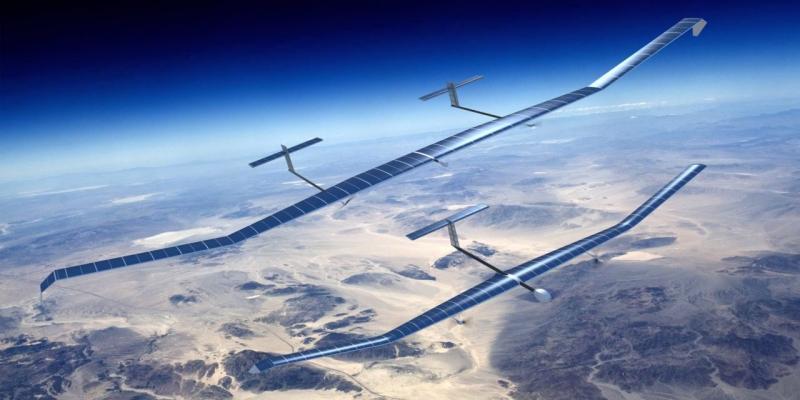Japan succeeded in getting four frequency bands accepted as international standards for flying base stations at the November-December 2023 World Radio Communications Conference held in the United Arab Emirates, according to media reports. This decision paved the way for the technology to be distributed equally around the world.
According to the proposal, frequencies of 1.7 GHz, 2 GHz and 2.6 GHz will be used globally for flying base stations. The 700 to 900 MHz band, which is used to develop portable services in Europe, America, Africa and some parts of Asia, has also been approved for use in flying base stations.
A terrestrial station has a coverage area of 3-10 km depending on topography. A significant number of base stations are required to provide large-scale internet services. However, the distribution process is slow because not all countries have the resources to keep up with China’s pace. Telecom companies such as Japan’s NTT are touting HAPS as a solution to this problem.
Japanese companies plan to bundle flying vehicles, telecom equipment and operational management so they can be distributed more easily. Softbank Corp has successfully demonstrated the technology with the 5G call between Rwanda and Japan and continues to work with the Rwandan government to use the technology in the country. Another Japanese telecom company, NTT, is preparing to offer HAPS-based services starting from 2025, say media reports.
For more information visit:




